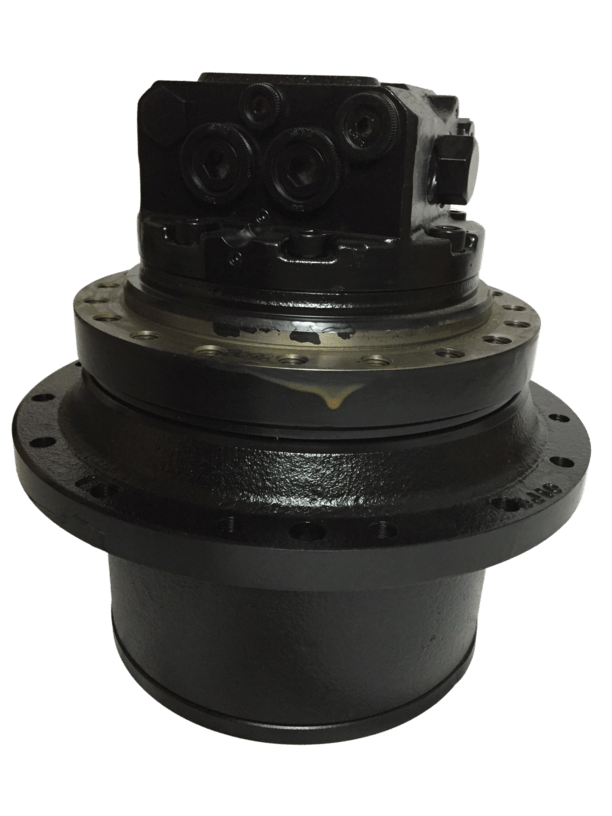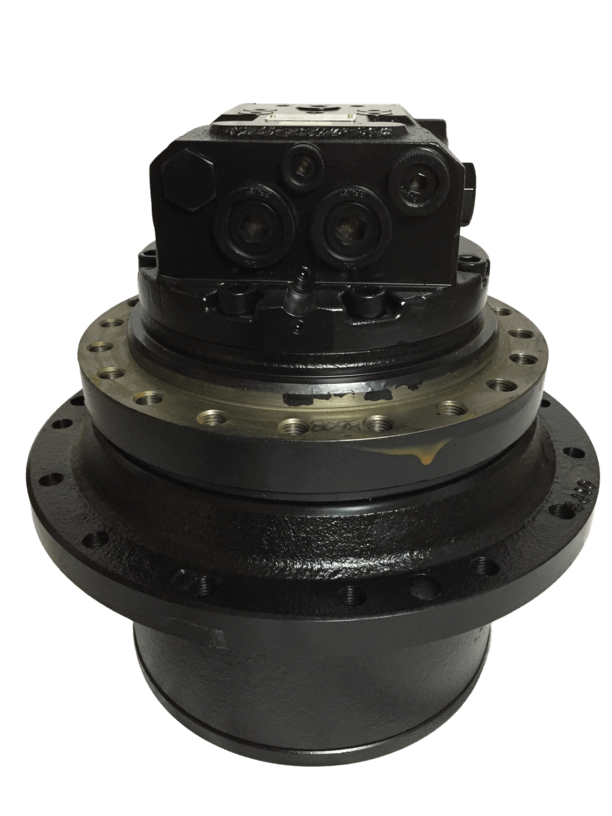Final Drive Maintenance
Don’t know how best to service your final drive? Here's some guidance to help.
Routine Maintenance
Always follow the original machine manufacturers procedures where available. The advice we give is general and cannot take into account all working conditions or any particular use.
However, ensure that the oil is checked monthly and top up if necessary.
Final Drive Servicing Intervals
We recommend you change the oil every 250—500 hours or at least once a year depending on usage.
The life of a final drive gearbox is generally proportional to the frequency of its oil changes.
- Drain the gearbox oil while it is hot so that it is easier to drain.
- Check that there are no metallic parts in the oil.
- Re-fill the gearbox with new oil. It is usual to fill the gearbox approximately half full — See table below.
- Do not mix different types of oil.
- Check for leaks. Pay particular attention to the main hub mechanical seal (floating seal) found between the sprocket and track frame. If oil is found leaking from here it can be indicative of more serious problems so stop the machine and have the seal changed at once.
- Check the track tension, a tight track chain puts strain on the hub bearings and can lead to premature gearbox failure.
Gearbox Oil
We recommend:
| Shell | Omala EP220 |
| Esso / Exxon | Spartan EP220 |
| BP Mach | Energol GR-HP220 |
| Mobil | Mobilgear 630 |
| Elf | Rebuiltelf SP220 |
| Agip | Blasia 220 |



 and Dyco?
and Dyco?